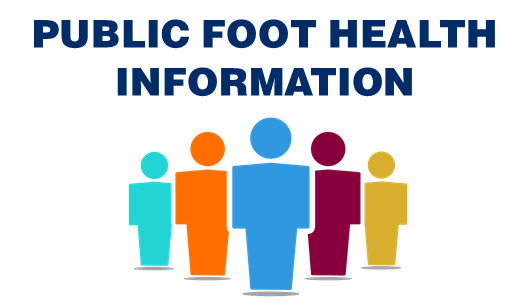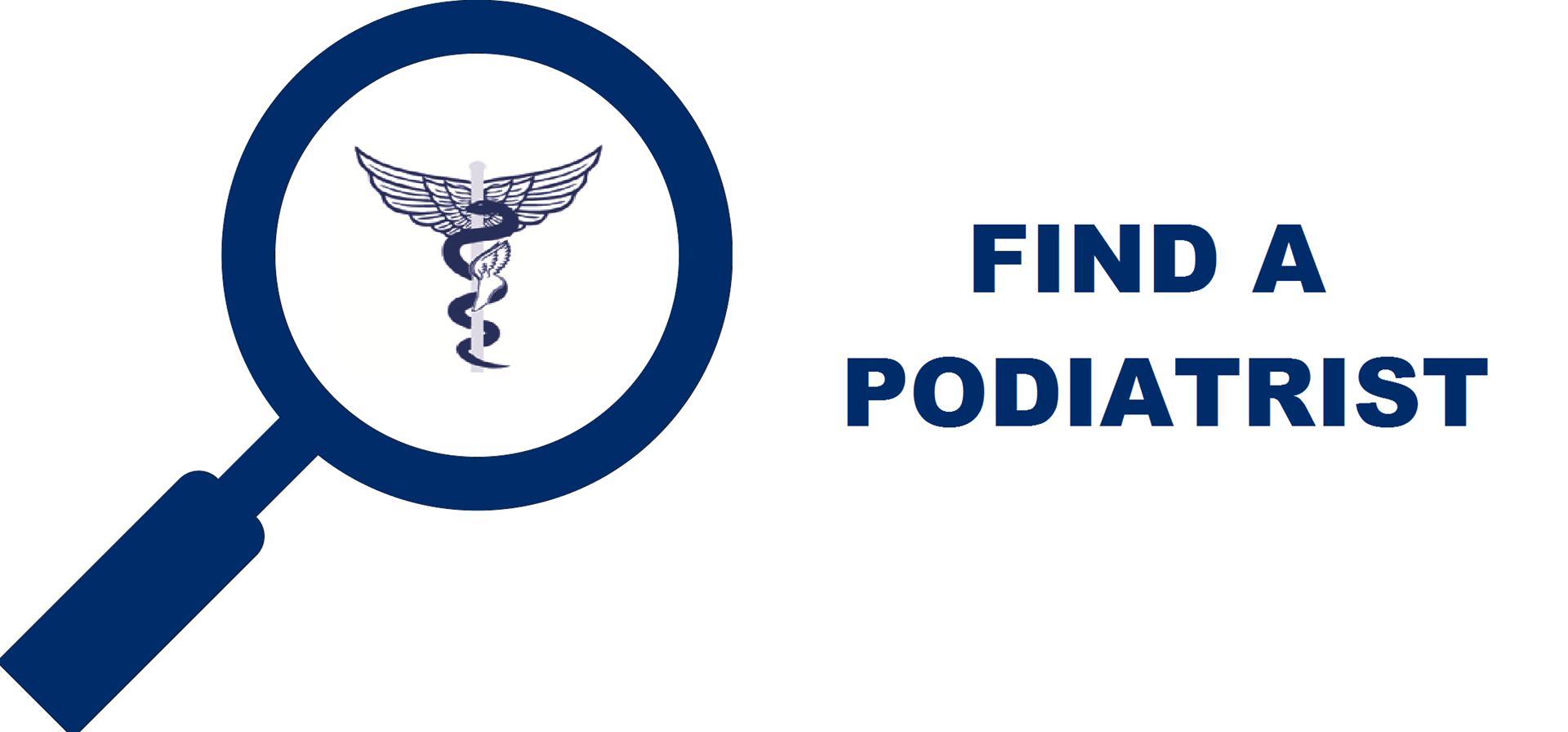I think we should leave the door open for a combination of options for payment. We need to get these answers collected and have a plan ready to go just in case the cap is removed. We have to be ready to work right away. I think that with the cap removed and an expanded scope a wide variety of options need to be available to our members for payment as not every one of us will be practicing in the same fashion. Some will want to maintain the status quo. Some may want to do expanded scope procedures in hospital, some may want to stay in their clinic or surgery centre in the community. Some may want to join multi-disciplinary groups etc etc. The possibilities are numerous and we don't want to limit our options to just one funding model.
PREVIOUS COMMENTS:
The Ministry has promised to give me a break-down of billings by code over the last five years, total billings, etc. under the current OHIP Podiatry Schedule of Benefits. I will relay these to you when they arrive
An overarching alternative is to take podiatry in Ontario completely out of the publicly funded system. This is not an option I would recommend, because it would tend to exacerbate the isolation of the podiatry profession within the healthcare professions community, would curtail access by socioeconomically disadvantaged groups and geographically under-serviced areas (e.g. First Nations), would run into severe opposition from the NDP, the Ontario Health Coalition, etc. as representing just another "privatization" of healthcare delivery and would feed into the argument made by orthopedic surgeons that expanding the scope of practice for podiatry amounts to privatizing foot care.
PUBLICLY-FUNDED ALTERNATIVES
(When considering alternate remuneration models, bear in mind that it is quite possible and there are many precedents for "mixed" remuneration models.)
Traditional OHIP Fee-for-service
The only professions remaining on OHIP for nonhospital services are optometry , some physicians and podiatry. Podiatry is the only profession allowed to " co-bill ", although this may have turned out to be more trouble than it's worth.
The Ministry doesn't like OHIP because of the perverse incentives it creates and the transactional costs it generates for both the Ministry and practitioners.
Should the OPMA decide to stay with OHIP, I would think that at a minimum you would want to revise and update the Schedule of Benefits, improve the per visit payments and increase the maximum amount payable annually.
For any of the options the extent of coverage will also have to be determined and the alternatives are:
Provide coverage for the entire "podiatry" profession. (It is highly unlikely that the Ministry would go for this alternative because of the fiscal impacts.)
Grandparent current OHIP Registrants into the new funding model;
Provide coverage for only one or two of the proposed classes.
Provide coverage only for those who apply for registration and fulfil predetermined criteria.
Any podiatry procedures performed in hospitals would have to be remunerated under a brand-new podiatry fee-for-service schedule, or under the existing physicians' hospital fee-for-service schedule. That is a completely separate matter.
Nonetheless, I'm pretty sure the Ministry will "encourage" the OPMA to look at APP (Alternate Payment Plan) models:
"Episodes of Care, or Block Funding"
Beginning nearly 20 years ago, the WSIB started moving its healthcare delivery to these remuneration models, and it has worked well for the WSIB and, despite initial resistance, is embraced by many practitioners and has generated high levels of satisfaction from injured workers and employers. Physiotherapy was the first profession that moved from OHIP FFS to Block funding in 2013.
Essentially, what this model does is assign a dollar figure two a course of treatment (e.g. physiotherapy $320 per Episode of Care). There is no minimum or maximum number of visits specified and no specification as to the treatment provided within an Episode of Care; that is left entirely to the practitioner. The value of the Episodes of Care assigned to a clinic are paid to the Clinic in advance, usually on a quarterly basis, throughout the year. A reconciliation is done after each year-end and unspent EOCs (or a portion thereof) are clawed back by the Ministry.
Patients may have multiple Episodes of Care during any year, although not for the same condition. Each physiotherapy clinic is assigned a maximum number of Episodes of Care per year that can be drawn down; unused Episodes of Care lapse at the end of each year, although discussions are currently underway with the Ministry to allow some carry-forward, or the assignment of unused Episodes of Care to other physiotherapy clinics that have a shortfall.
What makes the Episodes of Care or Block Funding model work is the "swings and slides" approach to pricing. Some Episodes of Care are expected to require a minimal number of visits (e.g. two or three) and some may require many visits. But when the total number of visits is calculated for all EOCs in a particular year, the remuneration per visit makes it feasible for practitioners to participate. (Discussions are underway with the Ministry to set a maximum number of visits to be delivered through an EOC, thus reducing the risk for practitioners and increasing the notional per visit fee.)
I wish podiatrists had participated more in these WSIB programs, so we could assess how they worked for the profession. Regrettably, podiatrists have left the foot care of WSIB claimants almost entirely to chiropodists.
Capitation Models
Some primary care models (e.g. Physician or Nurse Practitioner-Led Clinics) assign a dollar value to the number of patients on a practitioner's roster, pursuant to which the practitioner commits to providing whatever care (within the practitioner's scope of practice) the patient requires E.g. a roster of 1000 patients x $500/patient = $500,000 payment by the Ministry, usually in instalments over the fiscal year. This model does not include claw backs and can include adjustments to the roster size. The per patient payment may also vary depending on the types of patients that constitute the roster e.g. seniors, mental health patients and so on.
Value-Based Remuneration Models
These are new and evolving remuneration models, usually pursued or imposed by extended health benefits payers. Essentially, payment is tied to outcomes and there are complicated metrics to measure outcomes, such as recovery rates and times, treatment modalities used including the adoption of new technologies, etc. Because these models are still evolving, can be quite subjective and application and can also be very complicated for the practitioner, we would not recommend them.
There may be other remuneration models that "work" for podiatry in other jurisdictions of which we are unaware.
When the time comes, the OPMA also has to advocate for existing or new podiatry clinics to be included within the Bill 60 clinics when they get around to covering feet and ankles. That model will likely be a per procedure model, with an add-on clinic fee.




